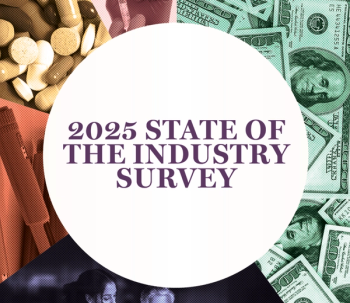
How Technology Can Help Track Opioid Prescriptions, Slow Opioid Crisis
Congress recently began hearings on proposals to combat opioid abuse. Our policy analyst weighs in.
Congress recently began hearings on proposals to combat opioid abuse. Opioid abuse is a serious problem across the country and shows little sign of slowing. In March 2018, the
Overdose deaths were nearly double the number of fatal car accidents in the United States in 2016. According to data analyzed by the
Opioid abuse is also huge headache for managed care executives.
Congressional proposals to combat opioid abuse include:
- More funds allocated for drug treatment;
- Research on non-addictive pain relievers;
- Limits on the number of pills in any one opioid prescription;
- Improved tracking of opioid prescriptions.
President Trump has even called for tougher measures against drug dealers.
Arguably the best idea is H.R. 3528, The All Prescriptions Conveyed Securely Act. If passed, the bill would require prescriptions for controlled substances under Medicare Part D to be transmitted electronically. Prescribing software would have to meet stringent requirements to transmit prescriptions in ways that are secure; and, allow physicians to track any concurrent prescription for opioid painkillers. New York State tried this approach several years ago and found it reduced opioid use.
Most doctors have been prescribing non-controlled substances electronically for years with few problems. However, until recently federal law prohibited e-prescribing of controlled substances. The DEA was concerned that without proper security protocols, e-prescribing would facilitate diversion of drugs to the illicit market and further exacerbate abuse of controlled substances. The DEA issued final rules regulating e-prescribing software design and security protocols in 2010. E-prescribing of controlled substances is now legal in all 50 states. It should probably be mandatory in all 50 states.
Transmitting prescriptions electronically allows physicians to communicate their intentions directly with pharmacies. The alternative: handing patients instructions scribbled on a blank form ripped from a prescription pad is difficult to track. Tracking e-prescriptions electronically allows doctors to detect drug seeking behaviors, like doctor shopping for concurrent prescriptions and filling prescriptions for more opioids than any one doctor would authorize.
Health IT Now, an advocacy group for health information technology,
Many opioid abusers began innocently enough as patients with chronic pain or post-surgical pain. Patients generally found opioid pain relievers effective at controlling pain, even pleasant. That is until they became an irresistible craving. Mandatory e-prescribing may do little to stop abusers who have graduated to street opioids, like heroin and fentanyl. However, better tracking of opioid prescriptions will help prevent new chronic pain management patients from becoming new opioid abusers
Devon M. Herrick, PhD, is a health economist and former hospital accountant. He has written about health policy for over 20 years.
Newsletter
Get the latest industry news, event updates, and more from Managed healthcare Executive.






















































